
Can a steel veteran of a hundred years honestly compete with a polymer-framed upstart of the 1980s? That’s the question that has sparked one of the longest-running arguments in the world of firearms. The Glock and the 1911 are more than handguns representations of two disparate schools of handgun design, each with devoted followers who debate their points with the zeal of sport fans.
For the gun aficionado, competitive shooter, and defensive shooter, the contrast is not abstract. These platforms have distinct design philosophies regarding accuracy, reliability, ergonomics, and maintenance. The variances between them are made apparent to someone who knows how engineering decisions affect performance in combat. Following is the breakdown of seven typical contrasts between these legendary handguns, placed in technical context and historical perspective.

1. Origins and Design Philosophy
The 1911, designed by John Browning and adopted by the U.S. military in 1911, was intended as a battlefield sidearm to deliver .45 ACP stopping power under adverse conditions. Its single-action, all-steel construction was an example of the available manufacturing technology and the demands of the early 20th century battlefield. It was used by soldiers during World War I, World War II, Korea, and Vietnam, so it has earned a place in military history.

In contrast, the Glock emerged in the early 1980s from Gaston Glock’s experience with advanced polymers, not classical gunsmithing. Taking proven mechanical ideas and applying them to a polymer-framed pistol and striker-fire operation, the Glock 17 brought an extremely minimalist 36-piece design to the market. This focus on strength, simplicity, and high-capacity capability was directly aimed at contemporary law enforcement and civilian self-defense applications.

2. Frame Materials and Weight
It is a fundamental distinction in material usage. The steel frame of the 1911 provides it with strength and recoil dissipation for a price: weight. A Government model weighs in at approximately 39 ounces sans ammo. Even alloy-frame versions weigh more than the majority of polymer pistols. Glock’s polymer frame, made from a proprietary nylon-based composite, reduces weight in half. A loaded Glock 21 in .45 ACP weighs around 29 ounces less than an unloaded steel 1911. Lightness enhances carry comfort over long periods and resists corrosion. According to law enforcement adoption reports, more than half of U.S. agencies issue or recommend Glocks, in part because of such ergonomic benefits.
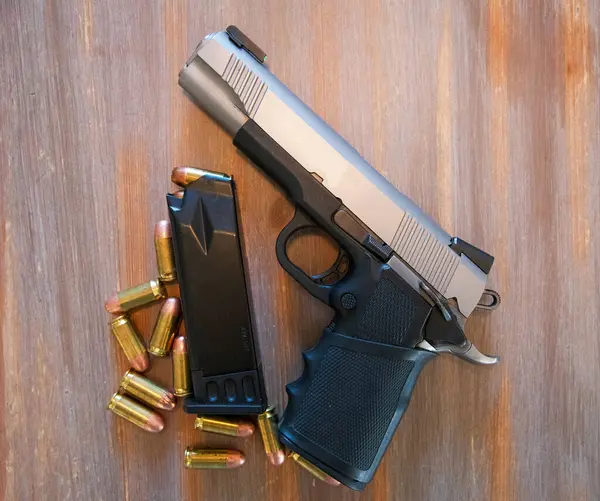
3. Trigger Mechanisms and Safeties
The single-action trigger of the 1911 is renowned for its crisp break, usually between 4–6 pounds, which contributes to accurate shooting. It comes with a grip safety and a thumb safety, where the firearm must be deliberately disengaged before firing. This layered security is something that finds favor with individuals who prefer mechanical safeguarding. Glock’s “Safe Action” mechanism combines three passive safeties trigger, firing pin, and drop safety that disengage in sequence on the pull. Function is simplified to no outside manual safety: point, press, shoot. Fans claim it minimizes defensive use in a high-stress situation, yet detractors prefer tactile confirmation of manual safeties.
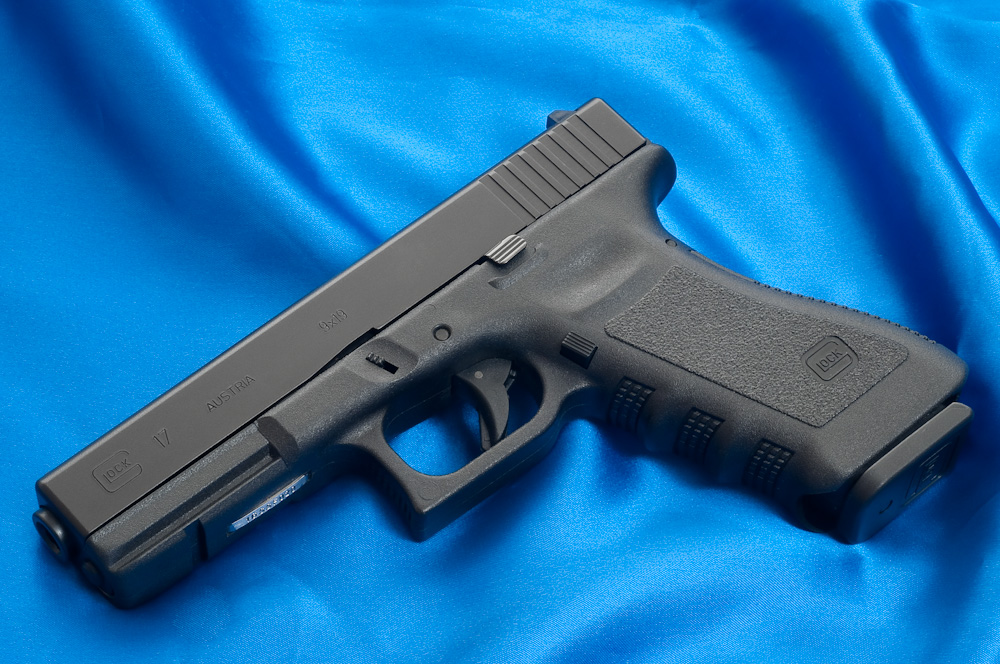
4. Magazine Capacity and Ammunition Flexibility
Capacity is an unequivocal threshold. The standard 1911 magazines hold 7–8 .45 ACP, with one in the chamber. While newer models have other calibers, the single-stack build limits capacity. Glock firearms, which are commonly double-stack magazines, are significantly more powerful. A Glock 21 holds 13 .45 ACP rounds; a Glock 17 holds 17 9mm rounds, with available magazines holding up to 33. This additional capacity might prove to be vital in a self-defense situation, where several solid rounds would be needed to put an attack down.
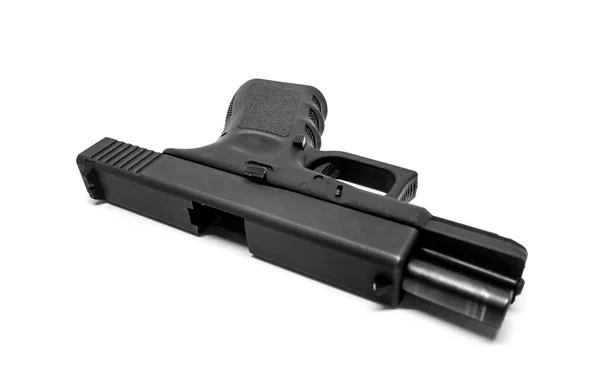
5. Accuracy and Mastering the Recoil
The 1911’s heavy weight, stiff steel frame, and high grip-to-bore axis all work to counter muzzle flip and are favorably aligned with great accuracy, especially when applied in competition shooting. Match-grade barrels that fit well and tight tolerance can produce sub-5-inch groups at 25 yards. Glocks also focus on reliability rather than match quality accuracy, but are accurate enough at typical self-defense ranges. Polymer flex does slightly change recoil behavior, and reduced weight can worsen felt recoil in heavy calibers. Yet, most find the Glock recoil acceptable, particularly in 9mm versions, and after-market scopes or barrels may improve accuracy.
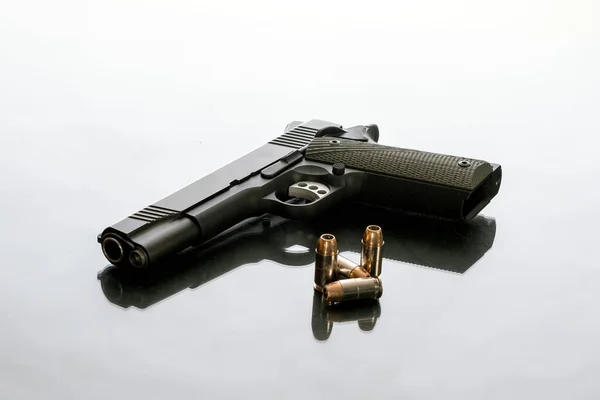
6. Field Stripping and Maintenance
Maintenance requirements vary dramatically. The 1911’s tight tolerances necessitate regular cleaning and lubrication for dependability, especially in harsh environments. Extensive schedules weekly inspection, monthly strip-and-clean, quarterly extractor channel cleaning are suggested for heavy usage, as specified by professional maintenance manuals. Glocks, being less-part and more-toleranced, can be disassembled in the field toollessly in seconds and will tend to work reliably even when dirty. That flexibility has seen them used for duty carry in situations where maintenance has little opportunity.
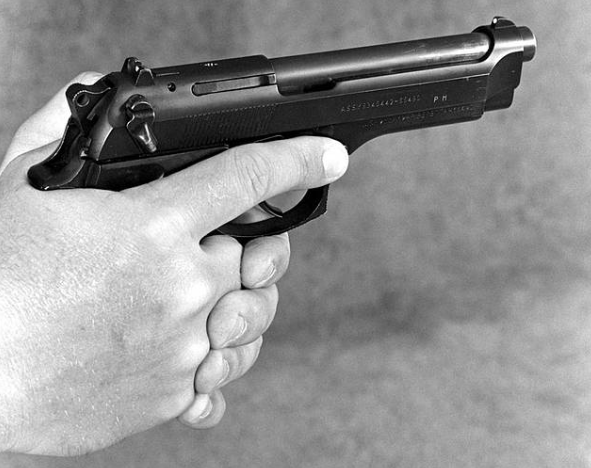
7. Customization and Optics Integration
The 1911 is extremely versatile, with a wide range of after-market accessories available for grips, triggers, sights, and finishes. Its look and feel polished bluing, cocobolo grip contribute to its attraction for collectors. Glocks also have a strong aftermarket, especially for functional enhancements. The Glock Modular Optic System (MOS) makes the simple mounting of red dot sights possible, and optic cuts can easily be had on aftermarket slides. Optics may be mounted to a 1911, but it generally involves more extensive refinement, so Glock is the easier method of shooters who want current sighting systems.

The 1911 and the Glock are two classic ideas of what a sidearm should be: one of early 20th-century craftsmanship and battlefield tradition, the other of late 20th-century materials technology and operational convenience. Both do their respective jobs best, and both have earned a place in military, police, and civilian applications. For some, the tradition and accuracy of the 1911 are irresistible; for some, the Glock’s capacity, light weight, and lack of maintenance issues are clinchers. In the end, the better pistol is the one most in balance with the shooter’s priorities and the argument itself is part of the lasting allure of both platforms.


